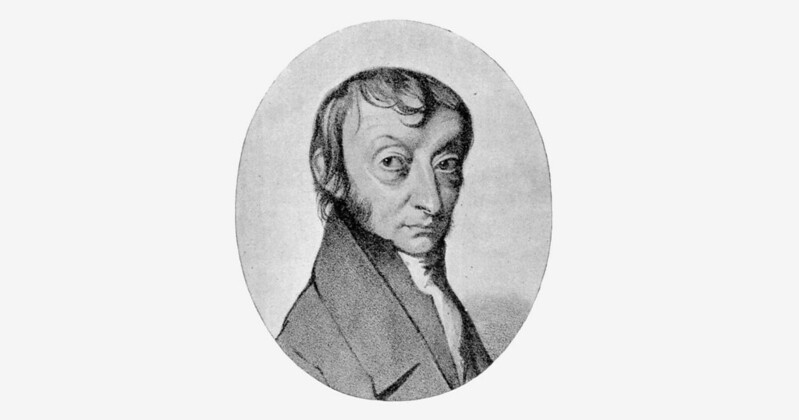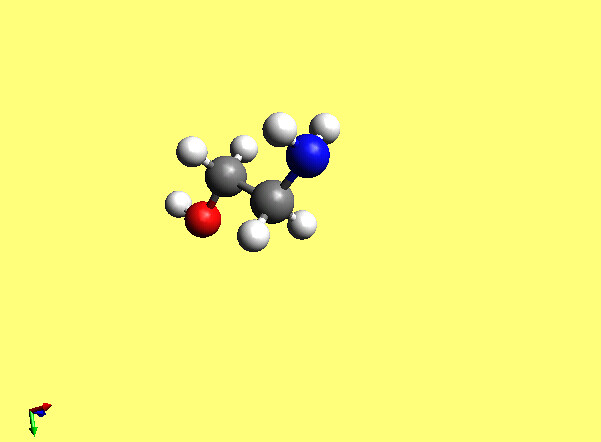
Contrary to the claims of several generations of chemistry students, Amadeo Avogadro (1776-1856) did not discover Avogadro’s number—the number of particles in a mole.
Instead, he proposed that equal volumes of gas at the same temperature and pressure contain the same number of molecules.
This hypothesis explained a great deal about the behavior of gases, but it did not predict a specific value for Avogadro’s number.
Read also: The Invention of Numbers And How it evolved
Who is Amadeo Avogadro?
Amadeo Avogadro was an Italian chemist who is best known for his work on the relationship between gases and molecules.
In 1811, he proposed that equal volumes of different gases contain the same number of molecules. This idea, now known as Avogadro’s law, forms the basis of modern atomic theory.
In addition to his work on gas law, Avogadro also made significant contributions to our understanding of electrical conductivity and crystallography.
He developed a method for calculating the size of molecules, which helped to pave the way for the modern field of nanotechnology.
Today, Amadeo Avogadro is considered one of the most important figures in early chemistry, and his laws continue to be taught in introductory chemistry courses around the world.
Read also: Who Discovered Atom
How was Avogadro’s number determined?
In 1811, Amedeo Avogadro proposed that equal volumes of gases contained equal numbers of molecules.
This idea became known as Avogadro’s law. However, the value of Avogadro’s number itself – the number of particles in one mole of a substance – was unknown.
In 1865, courtesy of a series of experiments conducted by Josef Loschmidt, this value was finally determined.
Loschmidt first estimated the size of a molecule by observing how much light was scattered when a beam of light passed through a gas.
He then calculated the number of molecules in a given volume of gas by dividing the total number of particles by the volume occupied by a single molecule.
Using this method, he found that there were roughly 2 x 10^(23) molecules in one mole of gas.
This value is very close to the currently accepted value for Avogadro’s number, which is 6.02 x 10^(23). Consequently, we can thank Josef Loschmidt for helping to pinpoint the size of Avogadro’s number all those years ago.
Read also: The Invention of Braille
How was Avogadro’s law created?
his law states that equal volumes of gases at the same temperature and pressure contain the same number of molecules. In other words, the ratio between the volume and molarity of a gas is a constant.
Avogadro’s law is particularly important in chemistry, as it provides a way to calculate the amount of substance in a sample. For example, if you know the volume and molarity of a sample of nitrogen gas, you can use Avogadro’s law to calculate the number of nitrogen molecules present.
The law is named after Avogadro, who first proposed it, but it was later refined by other scientists such as Josef Loschmidt and William Johnston.
Today, Avogadro’s law is an essential tool for chemists and other scientists.

Read also: The History Of School
What are the implications of Avogadro’s law?
Avogadro’s law has a number of implications for chemistry and other sciences. For example, it can be used to calculate the amount of substance in a sample.
It also provides a way to convert between different units of measurement, such as moles and grams.
Additionally, Avogadro’s law is important in the study of gases, as it provides a way to determine the number of molecules in a given volume of gas.
Finally, the law also has implications for the fields of electrical conductivity and crystallography. In short, Avogadro’s law is a fundamental tool for chemists and other scientists.
Read also: Who Discovered Gamma Rays
What is Avogadro’s number example?
Avogadro’s number is the number of particles in one mole of a substance. For example, if you have one mole of oxygen gas, then there are 6.02 x 10^(23) oxygen molecules present.
Similarly, if you have one mole of nitrogen gas, then there are 6.02 x 10^(23) nitrogen molecules present.
The value of Avogadro’s number is the same for all gases, regardless of their composition. This number is named after Amadeo Avogadro, who first proposed it in 1811.
Read also: Top 5 Nikola Tesla’s Inventions List
What is Avogadro’s number used for?
Avogadro’s number is used in a variety of ways. These include:
- Calculate the amount of substance in a sample.
- Convert between different units of measurement, such as moles and grams.
- The study of gases, as it provides a way to determine the number of molecules in a given volume of gas.
- Electrical conductivity Crystallography
In short, Avogadro’s number is a fundamental tool for chemists and other scientists.
Read also: The History of Hearing Aids
The takeaway
In summary, Avogadro’s law is an important tool for chemists and other scientists.
The law states that equal volumes of gases at the same temperature and pressure contain the same number of molecules. Additionally, Avogadro’s number is the number of particles in one mole of a substance.
This number is used in a variety of ways, including the calculation of the amount of substance in a sample and the conversion between different units of measurement.
Finally, Avogadro’s law has implications for the study of gases, electrical conductivity, and crystallography.



